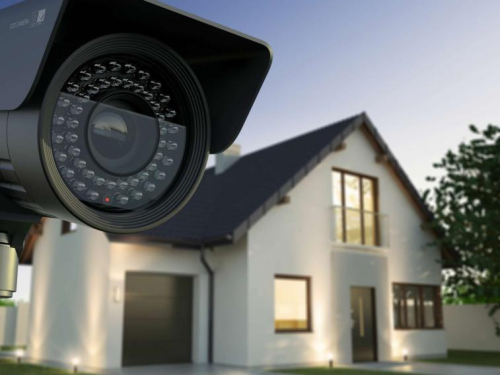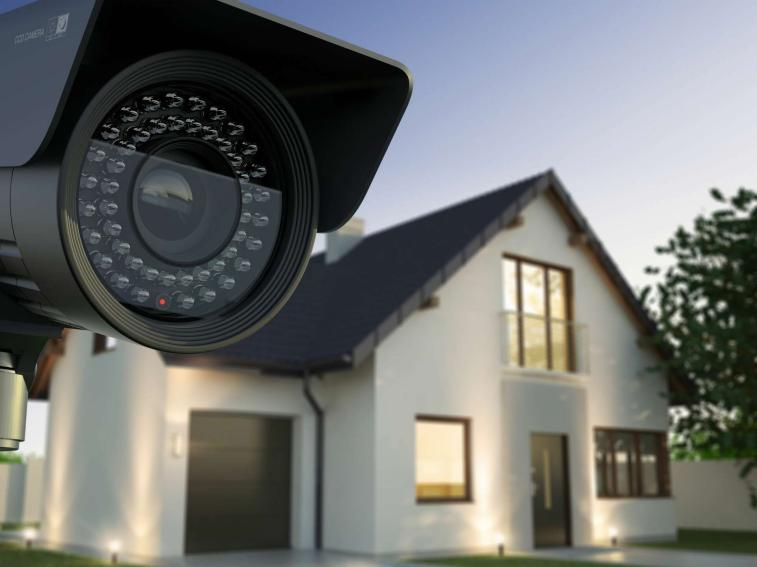
Surveillance cables, as an indispensable part of modern security systems, bear the heavy responsibility of image and signal transmission. They are made of multiple strands of copper wire and steel wire, covered with insulating materials, which are both tensile and wear-resistant, ensuring stable operation in various complex environments. There are many types of surveillance cables, from video cables, radio frequency cables to shielded and unshielded cables. Each cable is designed for different monitoring needs to meet the growing security requirements.
Structure and Application
Surveillance video cables, as a type of coaxial cable, have excellent shielding performance, can effectively resist external electromagnetic interference, and ensure pure signal transmission. In places that require security monitoring, such as residential areas, office buildings, and streets, surveillance cables are everywhere. They transmit the image data captured by the camera to the monitoring center in real time, providing strong technical support for security prevention.
Selection and construction
The selection of monitoring cables needs to comprehensively consider the transmission distance, signal type and environmental requirements. For example, when setting up a broadcasting system, the selection of cables needs to follow the principle of “the longer the distance, the thicker the cable” to ensure stable signal transmission. In terms of construction, the laying and connection method of monitoring cables are equally important. Reasonable wiring design and reliable connection methods can minimize signal attenuation and improve the overall performance of the monitoring system.
Selection of outdoor monitoring cables
When it comes to outdoor monitoring cables, you need to be more cautious when purchasing them. RVV cables are suitable for short-distance outdoor monitoring due to their flexibility and corrosion resistance, while SYV-75-5 cables are the first choice for long-distance outdoor monitoring transmission due to their excellent shielding and signal transmission performance. In addition, NYY-J cables provide additional security for outdoor monitoring with their flame retardant and high temperature resistance.
Technological innovation and future trends
With the continuous development of monitoring technology, monitoring cables are also constantly innovating. The introduction of optical fiber technology has brought revolutionary changes to monitoring systems. Optical fiber transmits signals in the form of light pulses, is not subject to electromagnetic interference, has a long transmission distance, and has minimal signal attenuation. The application of this technology not only improves the transmission efficiency of the monitoring system, but also greatly reduces the loss and interference in the signal transmission process, bringing new development opportunities to the security industry.
The performance and stability of monitoring cables, as a bridge connecting cameras and monitoring centers, are directly related to the overall effect of the monitoring system. Therefore, in the process of purchasing and construction, it is necessary to strictly follow the relevant standards and specifications to ensure that the monitoring cables can fully play their due role and provide a solid and reliable guarantee for security prevention.










